With a growing awareness of how daily choices impact the environment, homeowners are increasingly seeking sustainable and energy-efficient ways to design, decorate and furnish their homes. However, homeowners are sometimes reluctant to adopt sustainable options because of the perception that sustainability comes only at the cost of style.
That’s not the case. With sustainability becoming a named priority for consumers and companies alike, more products are entering the marketplace that offer environmental benefits, while playing a role in setting the aesthetic tone, elevating functionality, or ultimately, both.
It’s important to note that sustainability doesn’t have to be an all-or-nothing approach. Homeowners making mindful choices will reduce their overall footprint, one step at a time.
Here are some eco-friendly ideas:
Tiles by Kohler WasteLAB
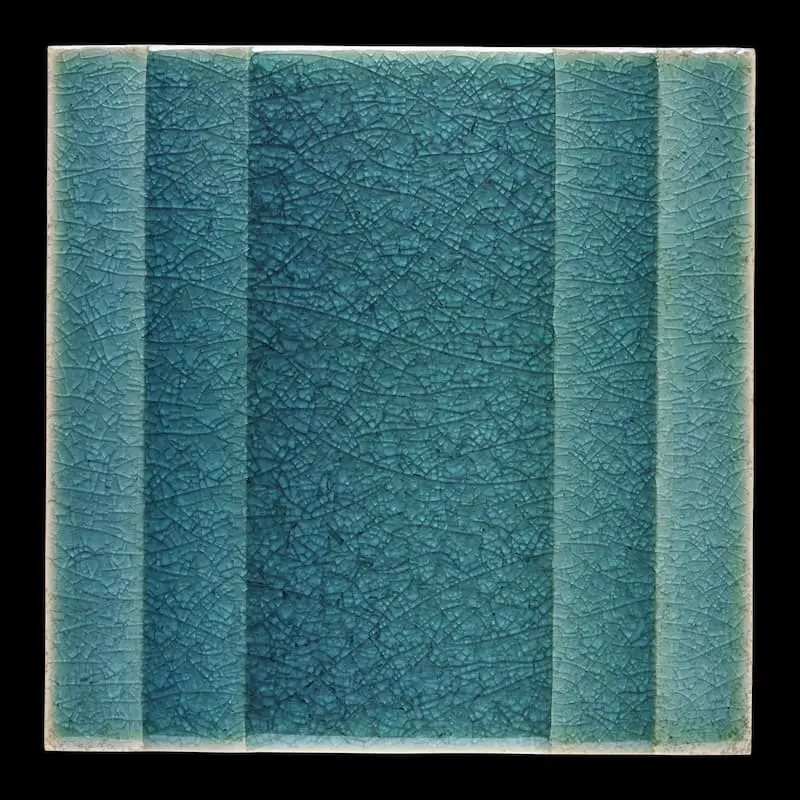
The design-and-build industry is inherently wasteful, given that the byproduct of construction involves a lot of material going to landfills.
However, several companies are looking for ways to proactively re-purpose materials, like with Kohler’s WasteLAB program, which Kohler estimates to have kept over 73,000 pounds of waste out of landfills between 2019 and 2023.
The theory behind the WasteLAB program is to create a circular economy, mimicking what unfolds in nature, where the cycles bridging growth and decay equal zero waste. Kohler models this by re-purposing their own waste streams to create new home decor products, including this newly released tile collection called Transcendence.
This bespoke collection, designed by Nada Debs, has biophilic qualities, with soothing, nature-inspired color palettes, as well as patterns that replicate those that appear commonly in nature, such as curved lines, graduated shading and ripples. It’s a stylish choice that both supports aesthetic goals and appeases eco-conscious homeowners.
Shower system by RainStick
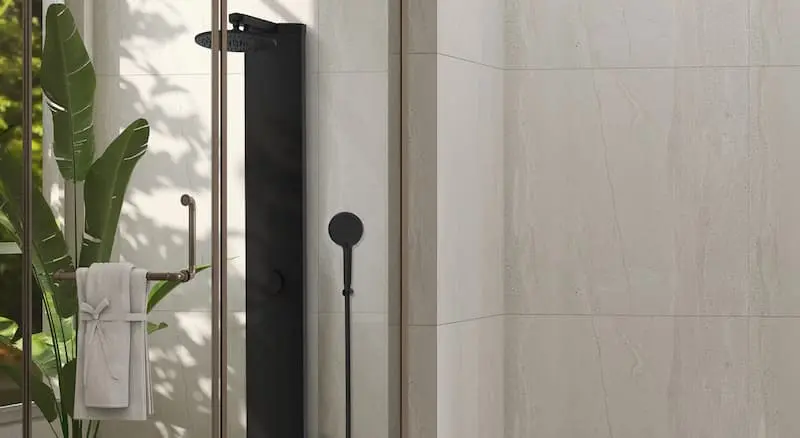
The RainStick shower system is eco-friendly and award winning, having recently nabbed gold as the Sustainable Standout at the Best of the Kitchen & Bath Industry Show (KBIS) awards.
It is a good example that sustainable choices don’t necessarily require sacrificing aesthetics or function. The RainStick’s design reduces water and energy consumption by 80 percent, all while delivering a flow stream that is effectively double that of a traditional shower, with a look that features clean lines and an understated elegance.
Homeowners can expect to use around 26 gallons of water in a traditional 10-minute shower, whereas the RainStick system reduces that to around five gallons. The shower system sources grid-supplied water similarly to a traditional shower, but uses a process to re-circulate the water through the shower system, rather than letting it spill down the drain. It has high-intensity UV LED lights that clean the water as it circulates, making it hygienic as well.
Induction cooktop by Signature Kitchen Suite
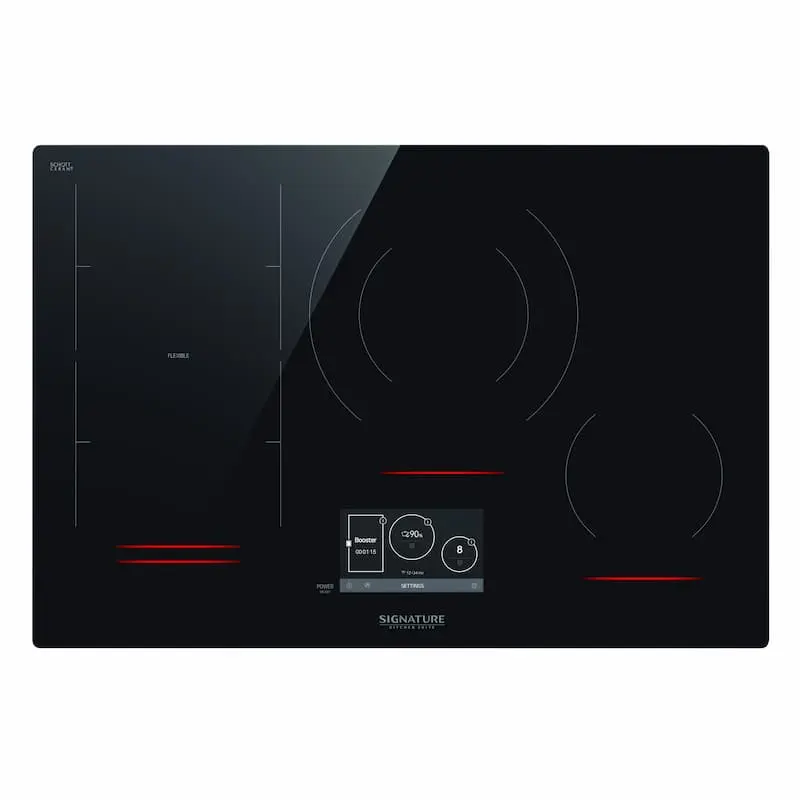
An induction cooktop is a luxe kitchen upgrade with an environmental conscience.
Induction cooktops have been around for decades, but with a growing appetite from homeowners for sustainable choices, the induction cooktop has been thrust into the spotlight because of its temperature-precise tech.
Induction cooktops use less electricity, have lower heat loss and reduce emissions (compared to a gas stove). Induction cooktops tend to have longer lifespans compared to other types, meaning less going towards landfills as they age.
Electric and gas stoves work by thermal conduction, where heat from the element gets transferred to the pot and the contents inside are heated. Meanwhile, induction stoves use an electromagnetic current that runs through coils beneath the burner. When met with a metal pot containing iron, the current passes through the pot to the food, leaving the container itself cool. This means less heat is lost on the stove surface, the pot and into the surrounding air. It also works faster, meaning less energy overall is expended.
Signature Kitchen Suite by LG’s new 36-inch Signature Kitchen Suite induction cooktop builds on the energy-efficient benefits of induction cooking with a smart, sleek, thin-profiled design and is the first to receive ENERGYSTAR certification according to the new specifications for residential electric cooking products. It features a function-first design, with multiple elements and strategically placed flex zones, with some serious power to cook food quickly and evenly.
Water leak detector by Moen
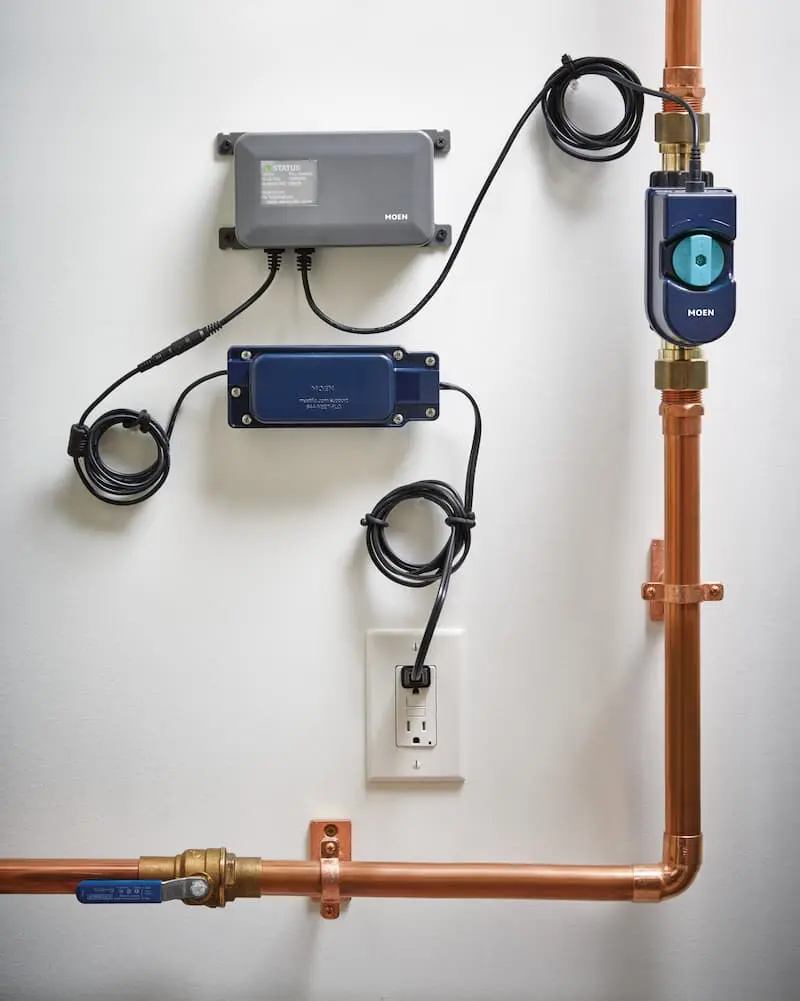
Water leaks pose a probable and substantial property threat, according to Moen, which says that water damage is six times more likely than fire and eight times more likely than theft. And while homeowners commonly have fire and break-in security systems in place, less common are water leak security systems.
It doesn’t take a flood to inflict serious damage either. Water appearing where it shouldn’t be from weather events, plumbing leaks or appliance leaks can be disastrous. And even a slow leak, such as a dripping faucet can waste a lot of water, making it harder for homeowners to live sustainably.
A water leak detection system lets you proactively manage any leak vulnerabilities before damage and water waste happens. Moen’s Flo Smart Water Monitor and Shutoff monitors all water flowing through the home, and provides data on water flow rate, pressure and temperature, all accessible via smartphone through their app. In the event of a major leak, you can switch your water off via the app.
It’s a handy tool to help with water conservation, as it provides usage data per fixture type, and homeowners can set conservation goals accordingly.
Bio-ethanol fireplace by NetZero Fire
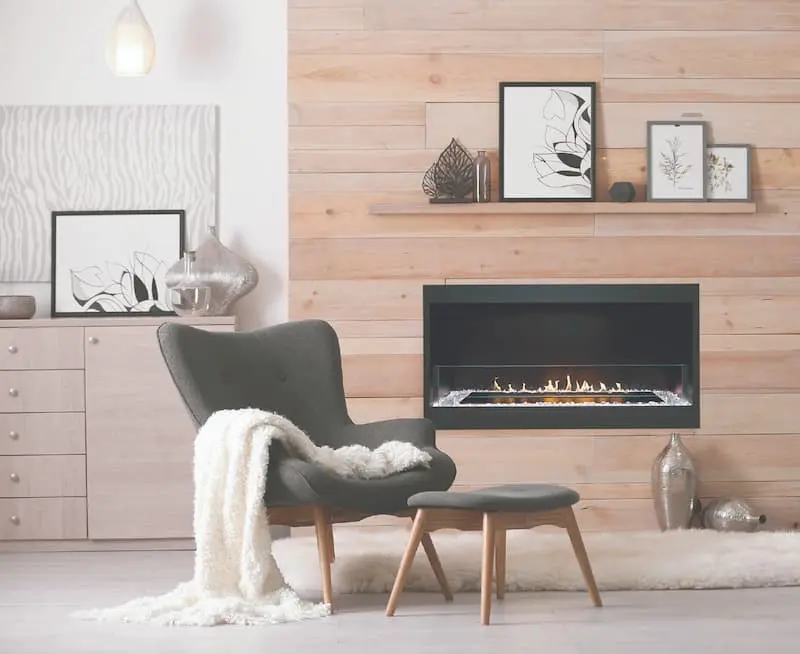
A stunning fireplace is one of the most sought-after focal points in a new home, particularly as a visual anchor in the ever-popular open concept floor plan. However, gas-burning fireplaces require fossil fuel and wood-burning fireplaces aren’t energy-efficient as they draw a lot of heat out of a room and can disperse pollutants into the air.
A good alternative is an ethanol-burning fireplace.
The NetZero Renew biofuel fireplace is a style statement, with delicate, ribbon-like flames. It is clean burning and incredibly versatile, as its ventless design means that it can be installed in a lot of different places in a home that a traditional fireplace may not.
Ethanol fireplaces use a burner system, producing a flame without outer venting. The NetZero bio-ethanol fireplace features a closed and cooled tank, where fuel moves through the chambers and eventually becomes vaporized, which is significantly cleaner than a gas or wood fireplace.
It’s design friendly too, as homeowners can choose from numerous sizes and configurations, or even connect multiple fireboxes to have a wall-length fireplace easily. The fireplace can be integrated into a wall, be immersed in an island or peninsula, or stand all on its own.






